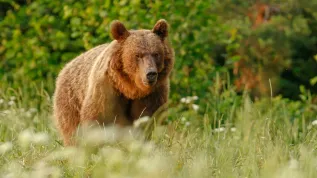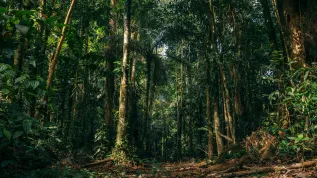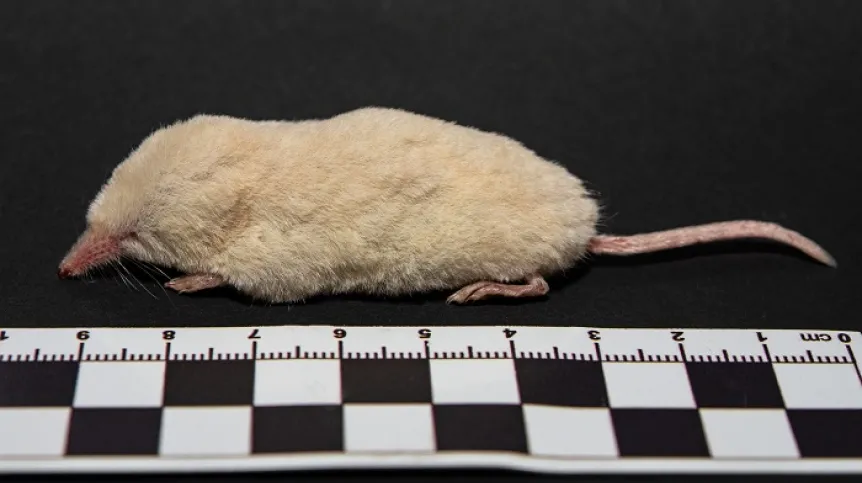
Albino individuals occur in populations of various animal species, but in the case of shrews they are extremely rare. One of these specimens arrived a few days ago at the Mammal Research Institute of the Polish Academy of Sciences in Białowieża. This is the first such unique specimen in Poland and the third in the world, the institute's representatives emphasise in a press release.
'At the end of April, Mr. and Mrs. Wioletta and Jerzy Rybiałek from Lower Silesia contacted our Institute to report a mysterious find documented by photographs hey took. They informed us that the animal they had found was probably a shrew with albinism. This electrified us, because in the case of shrews, such specimens are extremely rare', reports Professor Jan Wójcik, who has been studying this group of animals for several decades and edited the monograph Ewolucja ryjówek ("Evolution of shrews"), published by the Mammal Research Institute PAS in 1998. 'We organised the transport of the frozen specimen to Białowieża to subject it to more detailed research and determine the species of the animal'.
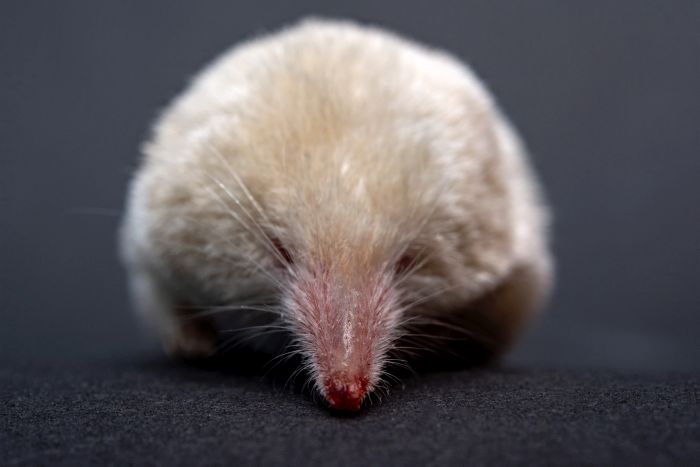
The finders of the unique specimen could not have found a better place, because a shrew is in the institute's logo, and the entire history of the Mammal Research Institute PAS originated from research on this unique group of animals.
It was there that Professor August Dehnel, the founder and first director of the facility, discovered a unique phenomenon characteristic of shrews, later named the Dehnel phenomenon. It consists in the seasonal variability of body size observed in small, short-lived and non-hibernating mammals, characterized by a high metabolic rate. This is a reversible but drastic morphological change, best studied in the common shrew Sorex araneus, we read in the press release.

'The Dehnel phenomenon entails a reduction in the overall size of the body, the size of the skull, but also the brain and other internal organs, followed by their re-growth. For example, the mass of the shrew's brain decreases by up to 30 percent in winter and increases again by 10-17 percent during the following spring and summer. This change entails a change in the height of the braincase. It is an unusual phenomenon', explains Professor Jan Wójcik.
This discovery inspired many subsequent studies on the morphological variability of mammals and was also confirmed in other shrews and species such as the weasel and the mole. This phenomenon allows to reduce energy expenditure in winter, which should translate into higher survival rate.
Preliminary examination of the specimen allowed to determine that it belonged to the species of common shrew and was characterized by full albinism of the coat. This is the first such specimen found in Poland and probably the third in the world. A similar shrew was found in Russia in the 1960s and in the Netherlands in the 1980s, although the latter specimen was probably not fully white.
'In the 1960s, several specimens of various species of shrews with white discoloration were described at the Mammal Research Institute PAS, but no shrew characterized by full albinism has been recorded in the Scientific Zoological Collection of the Institute, which is one of the largest collections of mammal specimens in the world', says Professor Rafał Kowalczyk, the curator of the Mammal Research Institute PAS collection.
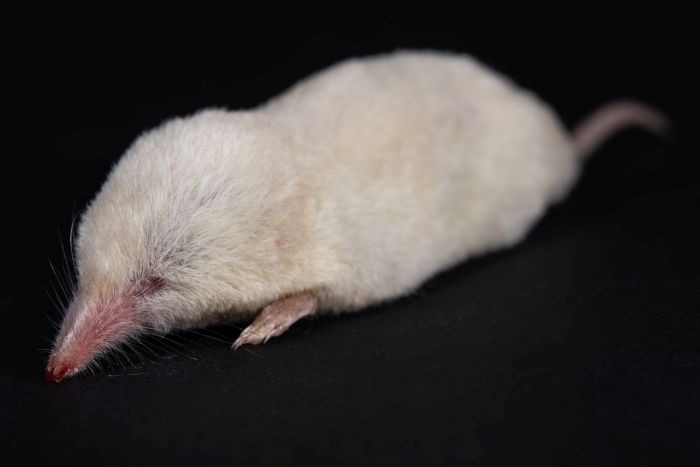
The expert reminds that albinism is a colour form associated with disorders in the synthesis of a dark brown pigment - melanin. It is a congenital associated with a white colour of the coat, while the skin and eyes are usually pink. It occurs extremely rarely, which is why it arouses great curiosity and sensation. The white colour draws attention of not only humans, but also predators, which is why albino individuals are usually characterized by lower survival rates. They may also have vision problems, which for some groups of mammals, e.g. predators, is a great difficulty in obtaining food.
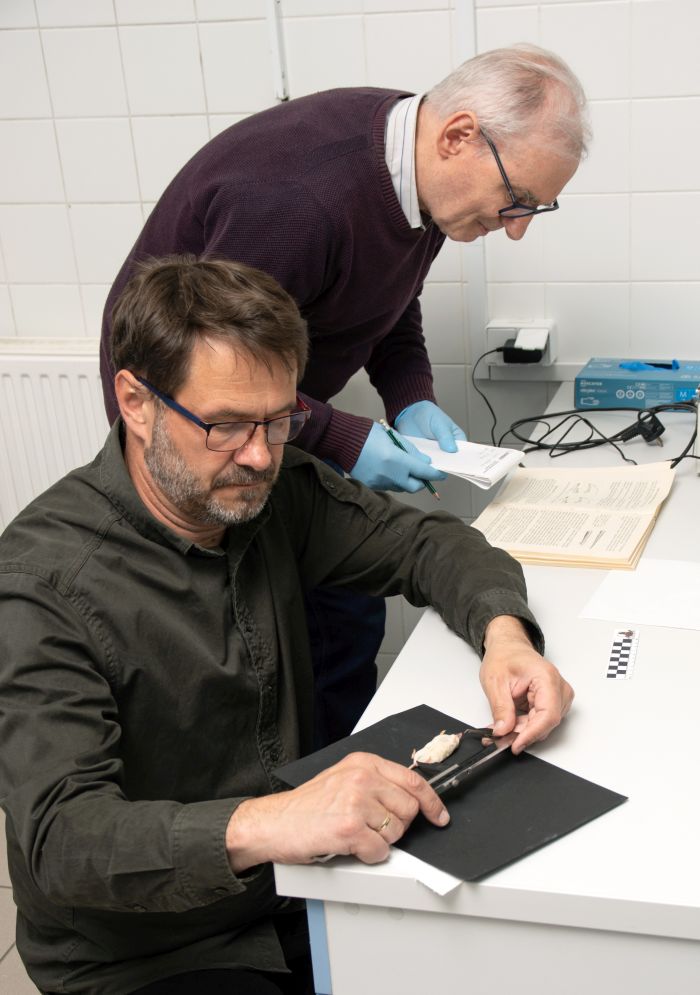
For the time being, the unique specimen has been put back into the freezer. 'We are wondering how to protect and display it, because it is worth subjecting this specimen to further research and making it available to visitors of the collection in a way that will allow it to be preserved in the best possible condition', adds Professor Rafał Kowalczyk.
PAP - Science in Poland
zan/ kap/

